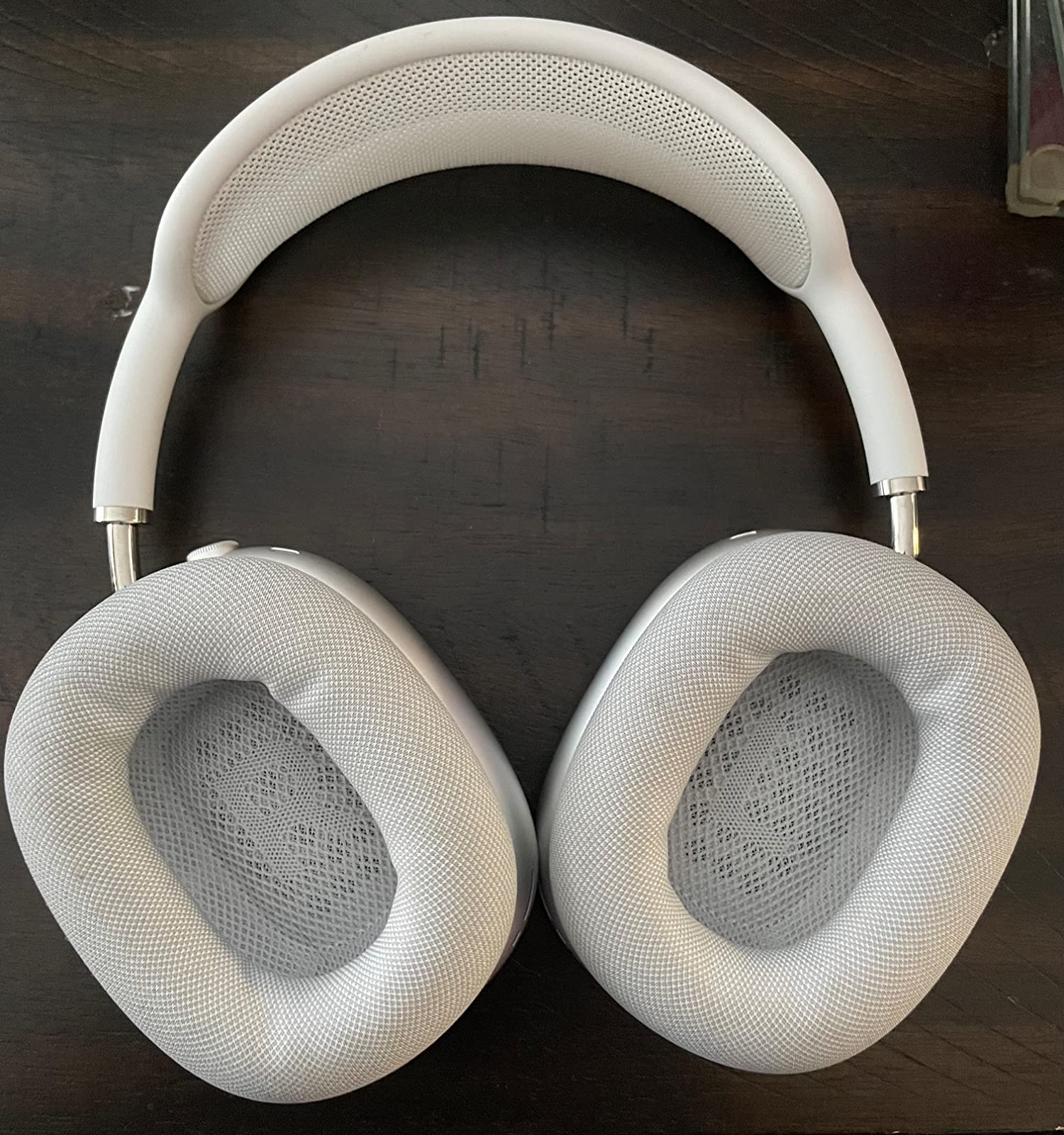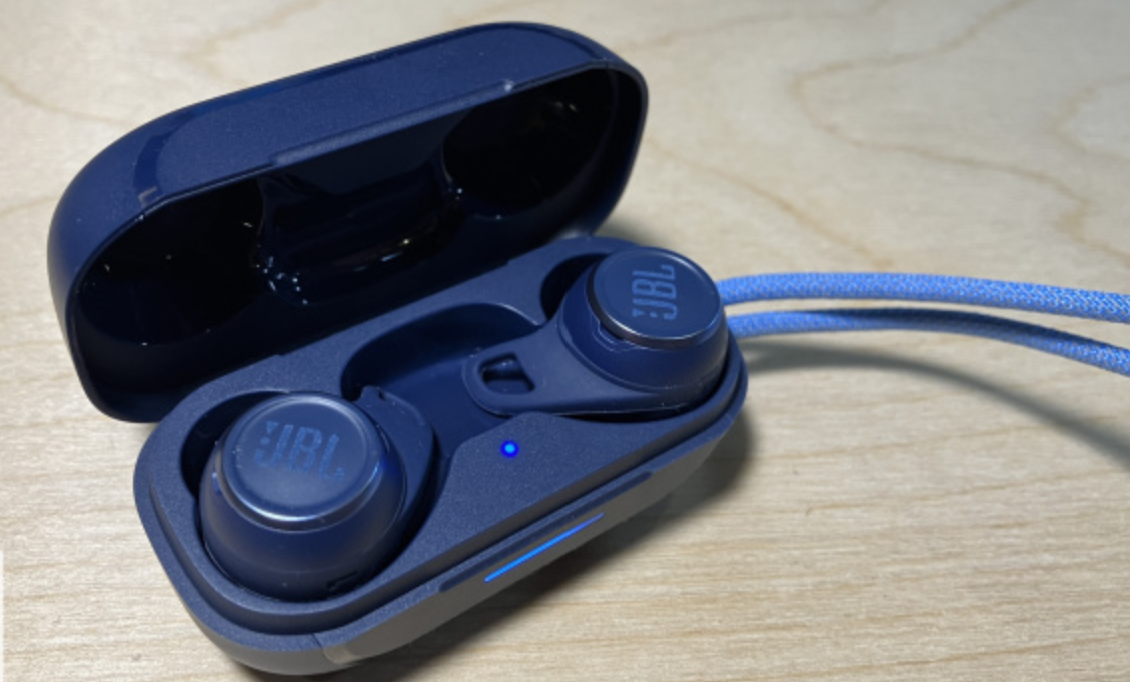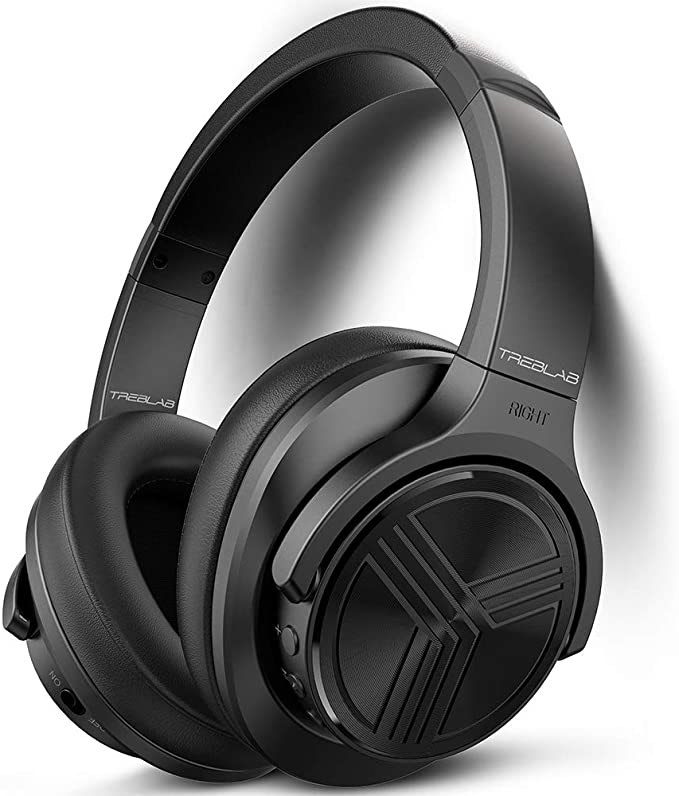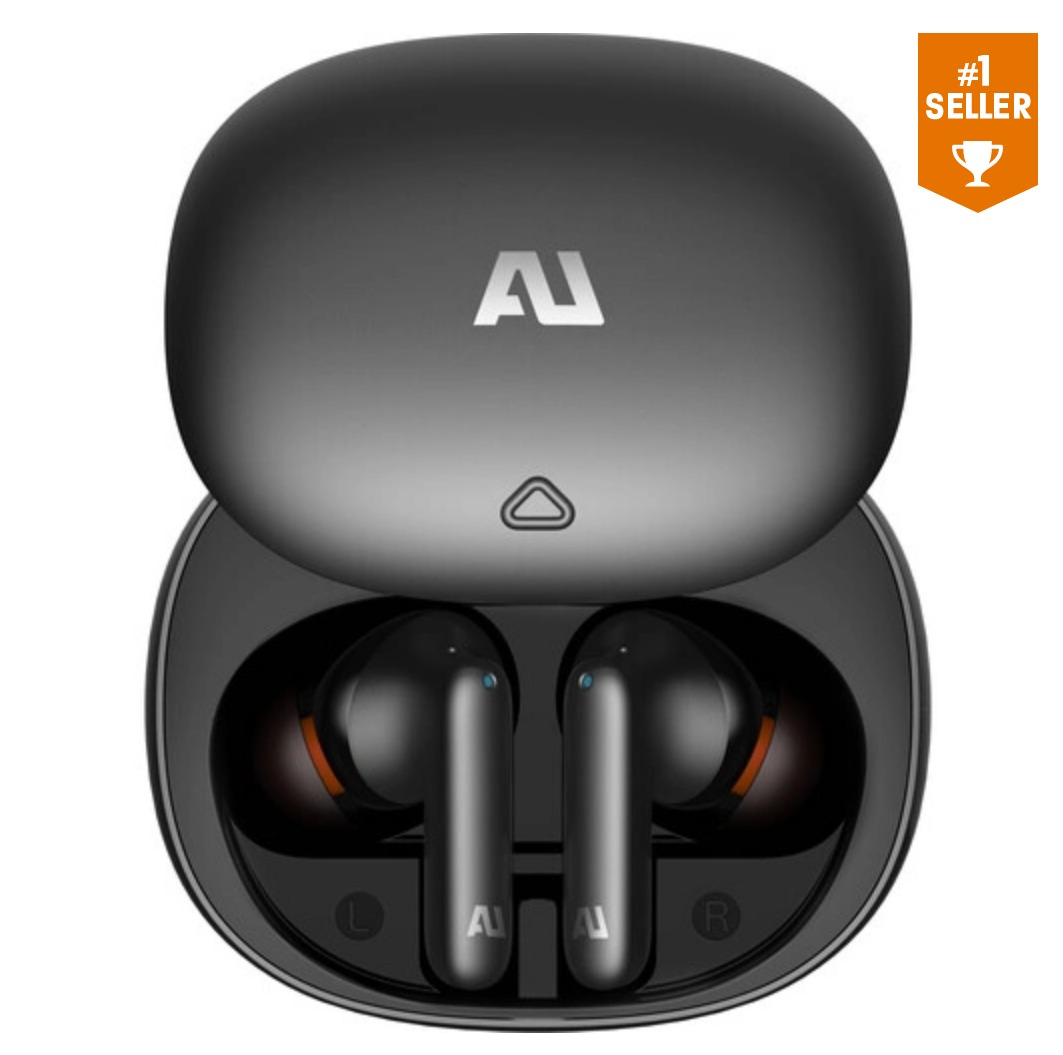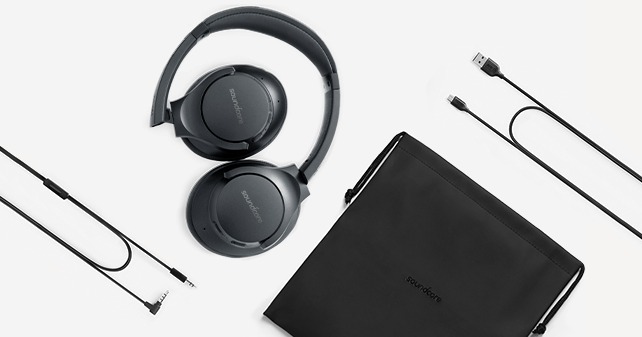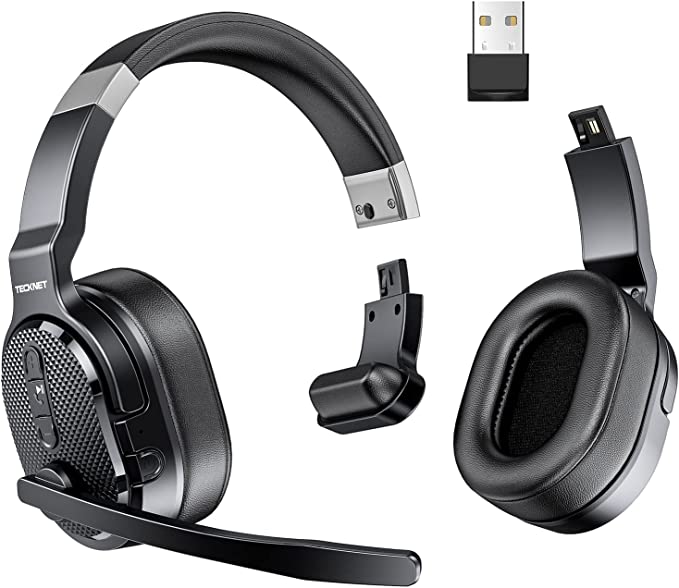Cut the Cord and Elevate Your Audio Experience with the SteelSeries Arctis Nova Pro Wireless
Update on Aug. 4, 2025, 6:49 a.m.
In our hyper-connected world, we face a profound paradox. We are surrounded by an infinite stream of information and entertainment, yet true focus has become the ultimate luxury. The modern condition is a constant battle against interruption—the external chime of a notification, the internal anxiety of a dying battery, the physical friction of switching between a world of work and a world of play. Technology, often the source of this chaos, must also be its solution. But a true solution is not found in adding more features; it is found in the elegant, systematic removal of friction.
The SteelSeries Arctis Nova Pro Wireless is a compelling case study in this philosophy. To view it as merely a “gaming headset” is to miss the point entirely. It is better understood as a sophisticated piece of personal systems engineering, a device that orchestrates sound, silence, and power to address the core conflict of our digital age. By tracing the lineage of its core technologies, we can uncover a story of problems solved decades ago in aviation, design philosophies borrowed from mission-critical data centers, and the quiet mastery of physics in our crowded airwaves.

A Sanctuary of Silence, Born in the Skies
The quest for silence is not new. In 1978, during a noisy transatlantic flight, Dr. Amar Bose sketched the initial designs for a technology that would change our relationship with the world around us. Frustrated by the overwhelming roar of the jet engines that rendered his airline-supplied headphones useless, he envisioned a device that didn’t just block noise, but actively erased it. This was the genesis of modern Active Noise Cancellation (ANC).
The physics at play is a principle of beautiful simplicity: destructive interference. Imagine sound not as noise, but as a pressure wave rippling through the air, with distinct peaks and troughs. ANC works by using microphones to capture this incoming wave and, in a fraction of a millisecond, generating a new, perfectly inverted wave—an “anti-noise” signal. When the peak of the engine’s drone meets the trough of the headset’s anti-noise wave, they neutralize each other. It is the acoustic equivalent of adding +1 and -1 to get zero.
The Arctis Nova Pro’s 4-mic hybrid system is a state-of-the-art implementation of this four-decade-old concept. “Hybrid” is the key. It employs microphones on the outside of the earcups (feedforward) to catch ambient noise before it reaches you, and microphones on the inside (feedback) to catch any sound that leaks through, correcting for errors in real-time. This creates a remarkably consistent and deep sanctuary of silence. This isn’t just about comfort; it’s a cognitive tool. By lowering the “noise floor,” ANC reduces the subconscious mental load of filtering out distractions, freeing up cognitive resources and allowing for deeper immersion and focus, whether in a virtual world or a demanding work task.

The Philosophy of Uninterrupted Power: From Data Centers to Desktops
Every wireless device user lives with a low-grade, persistent anxiety: the battery gauge. The conventional solution is a cycle of use and wait, an accepted interruption. The philosophy behind the Infinity Power System rejects this compromise, borrowing its logic not from consumer electronics, but from the world of enterprise computing where downtime is measured in millions of dollars.
Data centers and other mission-critical systems are built on the principle of redundancy. If a component might fail, you have a second, identical one ready to take over instantly, ensuring uninterrupted operation, often referred to as “five nines” uptime (99.999%). The headset’s dual-battery design is a direct translation of this robust engineering philosophy. It treats a user’s immersive experience with the same seriousness as a server’s uptime.
By having one lithium-ion battery in the headset and a second constantly charging in the base station, the system decouples usage time from charging time. The act of hot-swapping the battery—a ten-second process—is a physical manifestation of this principle. It transforms the headset from a device you must periodically tether to a wall into a tool that is perpetually ready. It is an elegant solution that doesn’t just solve a technical problem (limited battery life) but a psychological one: the fear of being unwillingly pulled from a state of flow.

Order in the Wireless Chaos: Juggling Frequencies with Physics
The air around us is an invisible, bustling metropolis of radio signals. The 2.4GHz Industrial, Scientific, and Medical (ISM) band is one of its most crowded avenues, shared by everything from Wi-Fi routers and Bluetooth devices to microwave ovens. For a wireless headset to perform flawlessly in this environment is a significant feat of radio frequency engineering.
The Arctis Nova Pro Wireless navigates this chaos by leveraging the distinct physics of two different wireless protocols simultaneously. For gaming, it relies on its own high-speed 2.4GHz proprietary protocol. This is crucial for achieving the ultra-low latency that competitive gaming demands. Latency, the delay between a sound being generated in the game and you hearing it, is poison to reaction time. A custom protocol allows for optimization far beyond the general-purpose nature of standard Bluetooth.
At the same time, it maintains a connection via the universal Bluetooth standard. Bluetooth is a marvel of energy-efficient, short-range communication, making it ideal for connecting to a phone for calls or music. The true engineering magic lies in making these two distinct protocols, operating in the same crowded frequency band, coexist without interfering with each other. This is achieved through sophisticated digital signal processing (DSP) and rapid frequency-hopping algorithms. The headset is constantly scanning for and leaping to a clean slice of the spectrum for its 2.4GHz connection, while gracefully managing the Bluetooth link. This dual-stream capability is a microcosm of modern multitasking, allowing a seamless blend of entertainment from one source and communication from another, a final layer in the quest to eliminate digital friction.
The result of this synthesis of acoustics, power engineering, and wireless physics is an object that is far more than the sum of its parts. It is a tool meticulously designed to grant its user control over their own sensory environment. It leverages a legacy of technology, from the roar of a 1970s jet engine to the silent, tireless work of a modern data center, to solve a uniquely 21st-century problem. In a world that constantly demands our attention, the ultimate technological achievement may not be to shout louder, but to build a more perfect silence.
